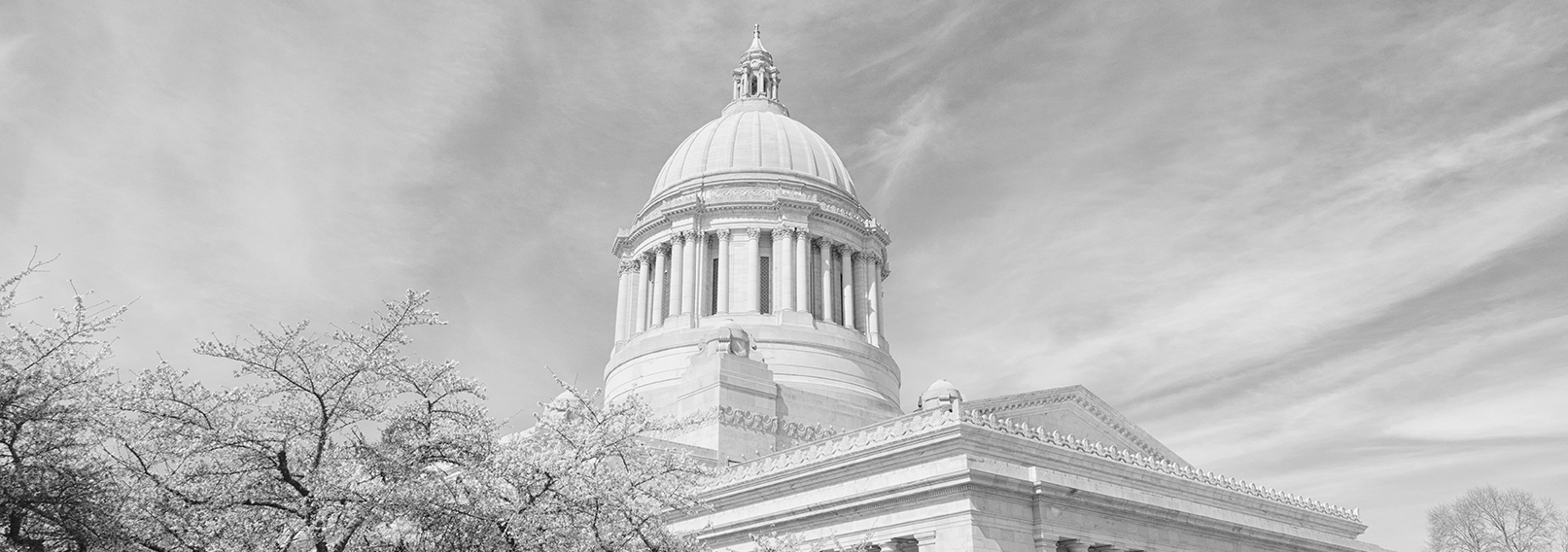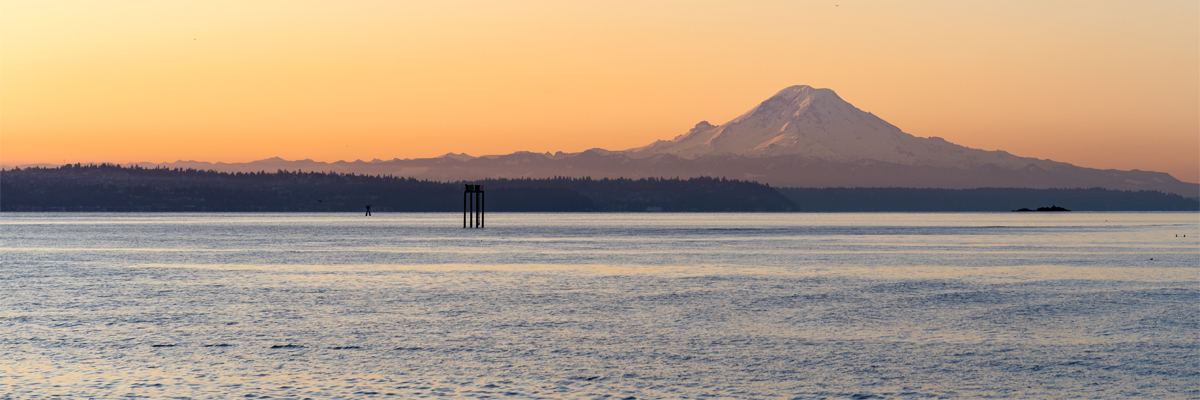Update: Moving Ahead Washington Transportation Package
Heading into the final week of session, the Move Ahead Washington Transportation Package had a lot of momentum rolling toward its final passage. This momentum was generated by the legislation’s inclusion of many important state and local projects and its overall commitment to the reduction of carbon emissions and addressing the harm caused by previous transportation policies. The Package utilizes revenue from the Climate Commitment Act to make critical investments in transit, ferries, and multimodal options; and yet, despite all of this, there remained a great deal of uncertainty for counties about where things would finally settle regarding the state’s investment for preservation of the local transportation system. The final Package, adopted on Thursday, spans 16 years and allocates almost $17 billion in transportation and infrastructure spending.
So, where did things stand for counties on Sine Die?
Keeping three important things in mind, overall, counties ended up in pretty good shape.
- Initially, there was nothing in the Package for state-wide local preservation, maintenance, or fish barrier removal, and;
- The initial House proposal included a very unfavorable two-year state/local split of the new Infrastructure Investment and Jobs Act (IIJA) funding, and;
- Local governments faced tough late-breaking proposals to divert revenues from both the Public Works Assistance Account (PWWA) and Model Toxic Control Account (MTCA) to backfill a revenue shortfall and balance resources and expenditures.
As it relates to the above concerns, the final Package includes an additional $80 million over 16 years in direct distributions to counites for preservation and maintenance through the County Road Administration Board’s (CRAB) County Arterial Preservation Program (CAPP). While this is a modest increase compared to actual need, it hopefully represents an important recognition by the Legislature that they heard us and appreciate the backlog of maintenance challenges we face at the county level. Another encouraging aspect of the Package is that it didn’t end up relying on transfers from the PWAA nearly as much as initially proposed, and there’s no transfer from MTCA.
In a very positive late development for counties, the adopted Supplemental Transportation Budget doesn’t include language which would have prescribed the first two years of new IIJA funding in the state’s favor without first having a stakeholder process. This is critically important for local governments heading into interim conversations with WSDOT and other stakeholders. The final budget directs the Joint Transportation Committee to convene a workgroup over the interim and develop a recommendation to the Legislature for the state/local split of this funding. Counties and cities are at the table.
While the Package doesn’t provide any new state-wide funding for local fish barrier removal, it does include new “intent” language that will hopefully have the effect of strengthening the cooperation between the state and local governments so that we can work together through the Brian Abbott Fish Barrier Removal Board to coordinate projects and resources and optimize habitat restoration and species recovery.
The Package also includes a new local option authority related to Transportation Benefit Districts (TBDs).
Local jurisdictions that have formed a TBD now have authority to implement one-tenth of one percent sales tax revenue for their District and can extend revenue collection beyond 10 years.
Finally, the Package establishes a new WSDOT safety program to reduce rural roadway departures and allocates $20 million over the 16-years or $1.25 million annually for the program.
The following is a brief breakdown of some of the details in each bill and where to find them.
Details:
For the Supplemental Budget:
Includes a Joint Transportation Committee process over the interim for making a recommendation to the Legislature regarding the state/local split of formula distributions for the IIJA (ESSB 5689, Sec. 204, Pages 18-19).
For the Move Ahead Washington Resources Bill:
The Package does utilize an annual transfer of $57 million each year, from the fiscal year 2024 through the fiscal year 2038, from the Public Works Assistance Account. While disappointing, that’s much better than the $100 million a year transfer originally proposed (ESSB 5974, Sec. 302, Page 31). There’s no new transfer in the Package of Model Toxic Control Account revenue.
The bill also establishes a new WSDOT safety program for reducing rural roadway departures (ESSB 5974, Sec. 433 Page 112).
The legislation includes new local option authority related to Transportation Benefit Districts (TBDs) (ESSB 5974, Sec. 407 Page 71).
For the Move Ahead Washington Spending Bill:
CRAB will receive $80 million in additional appropriations over the next 16 years, equaling an extra $10 million per biennium. The money is directed into CAPP for “preservation purposes,” so counties should see a benefit right away through increased direct distributions to their Road Funds (ESSB 5975. Sec. 302 Page 12).
Also included in the spending bill is the funding for the new reducing rural roadway departures program at $20 million over the 16-year Package or $1.25 million annually (ESSB 5975, Sec. 305, Page 15).
While the Package doesn’t include new money for local fish barriers, it does have added “intent” language in the section addressing the removal of WSDOT fish barriers stating, “that appropriations for this purpose may be used to jointly leverage state and local funds for match requirements in applying for competitive federal aid grants provided in the infrastructure investment and jobs act for removals of fish passage barriers under the national culvert removal, replacement, and restoration program” (ESSB 5975, Sec. 303, Page 12).



